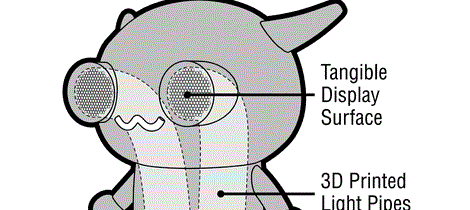Chopper automatically partitions a given 3D model into parts that are small enough to be 3D printed and assembled into the original model.
A recent paper by Linjie Luo, Ilya Baran, Szymon Rusinkiewicz, Wojciech Matusik of Princeton University presented at SIGGRAPH outlined software designed to partition large 3D models into smaller 3D printable ones. Check out the video of the 3D printed parts being assembled, fairly seamless.
3D printing technology is rapidly maturing and becoming ubiquitous. One of the remaining obstacles to wide-scale adoption is that the object to be printed must fit into the working volume of the 3D printer. We propose a framework, called Chopper, to decompose a large 3D object into smaller parts so that each part fits into the printing volume. These parts can then be assembled to form the original object. We formulate a number of desirable criteria for the partition, including assemblability, having few components, unobtrusiveness of the seams, and structural soundness. Chopper optimizes these criteria and generates a partition either automatically or with user guidance. Our prototype outputs the final decomposed parts with customized connectors on the interfaces. We demonstrate the effectiveness of Chopper on a variety of non-trivial real-world objects.
This is a great step forward for desktop 3D printers that sometimes have a relatively small build area. We do not see too many projects that are too large to be printed in Shapeways 3D printers other than the occasional architectural model.
Would you use this tool if it were made available?
|


Oh man that would be very useful for me. For one of my models I actually hand made all the seams and joining points, very time consuming.
And for me, no, that is not something I would use at this time. The reason being that printing large scale items is just too cost prohibitive at the moment. That chair in the example would likely cost many hundreds of dollars based on what I’ve seen of lampshades and like here. Until the cost of printing large items comes down to a reasonable level I’ll just have to stick to jewellery and mini desk “sculptures”.
I made this iphone Throne in pieces..
http://www.instructables.com/id/The-Iron-Throne-Dock-for-your-Iphone-and-your-mobi/
and this death star ornament snaps together..
http://www.instructables.com/id/Death-Star-Ornament-inspired-by-Star-Wars/
I wish i would of know about this before